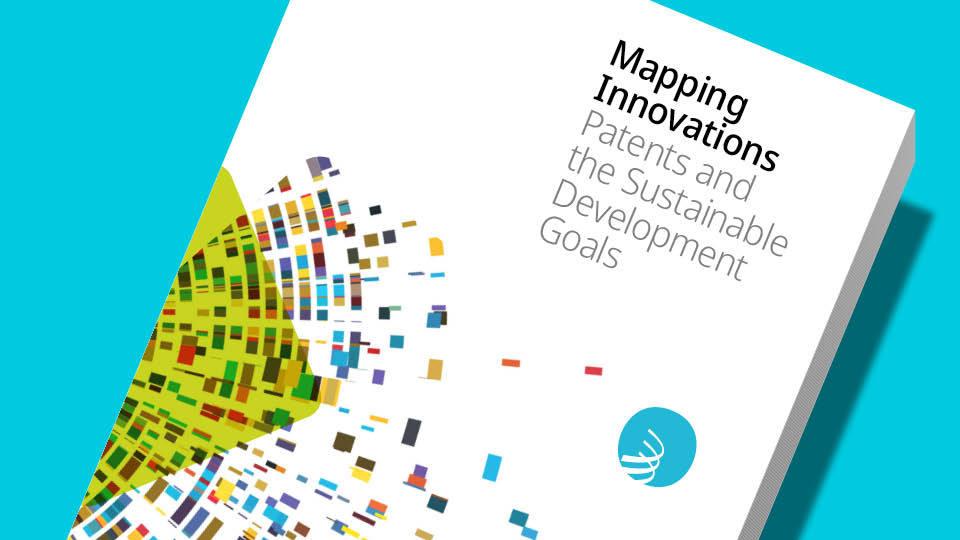As climate is changing ecosystems, how to do alter our goals for conservation
The paper demonstrates that coastal ecosystem restoration leads to increased abundance and diversity of animals, comparable to natural reference sites, underscoring its importance in mitigating biodiversity loss and environmental degradation.
Amphibian rewilding initiatives may provide early indications of ecological health and better contribute to conservation goals, by simultaneously protecting highly endangered species, and promoting ecological stability in these species ecosystems. Authors recommend the rapid (re)introduction of this “forgotten” taxon via the guidelines of trophic rewilding.
This chapter advances Goals 13 and 9 by examining the effects of climate change and the relationship with the Arctic based on the perspective of professionals working on climate change and Arctic issues.
This comprehensive report produced by World Intellectual Property Organization (WIPO) presents an extensive analysis of patents mapped to the United Nations Sustainable Development Goals (SDGs).
This chapter addresses UN SDGs 10, 11, And 15 by discussing the importance of incorporating indigenous knowledge and culture in Arctic development in particular their familiarity with the Artic environment and their ability to manage the natural resources in a sustainable way.
Since 2017 HPCC Systems has taken part in Kennesaw State University’s annual Hackathon for Social Good held at the Joe Mack Wilson Student Center, Marietta Campus. The goal of this hackathon is to connect students with companies through workshops and mentoring to achieve a final product that can in some way help the community. This year was no different and in fact, was the most in-depth challenge HPCC Systems has offered so far. This year the Help Missing Kids Challenge was introduced.
This review paper highlights the significance of rewilding using reptiles for the purpose of ecological restoration and it outline the consequences for reptilian rewilding under climate change.
This Review supports SDGs 3 and 15 by exploring the links between climate change, biodiversity loss, and infectious diseases. The authors focus on the social, political, and financial factors that frame these issues, and suggest that a better understanding of these interactions is needed to drive solutions.
The paper highlights the interconnectedness of public health crises, such as pandemics, with biodiversity loss and climate change, as increased demand for materials to combat infectious diseases exacerbates environmental pressures, posing a threat to global sustainability and biodiversity.


